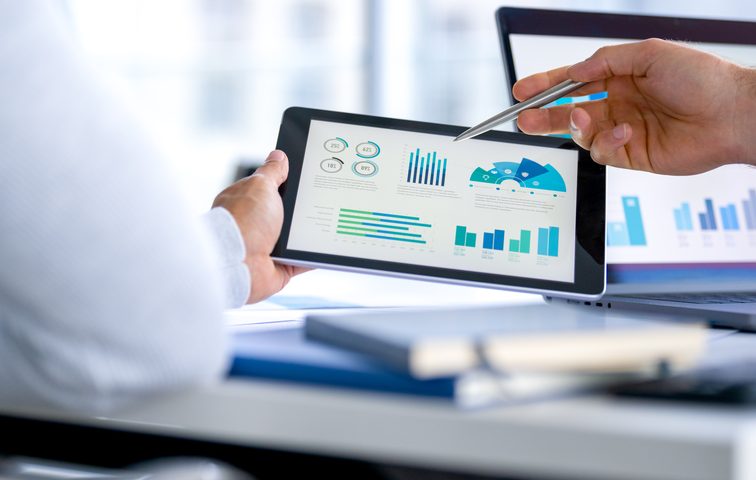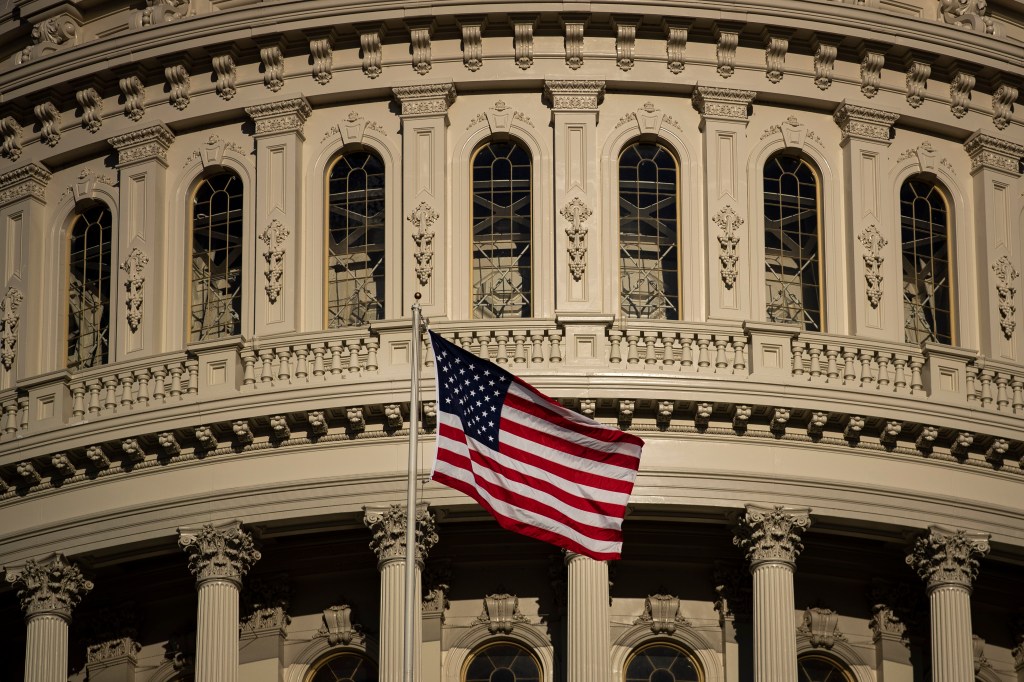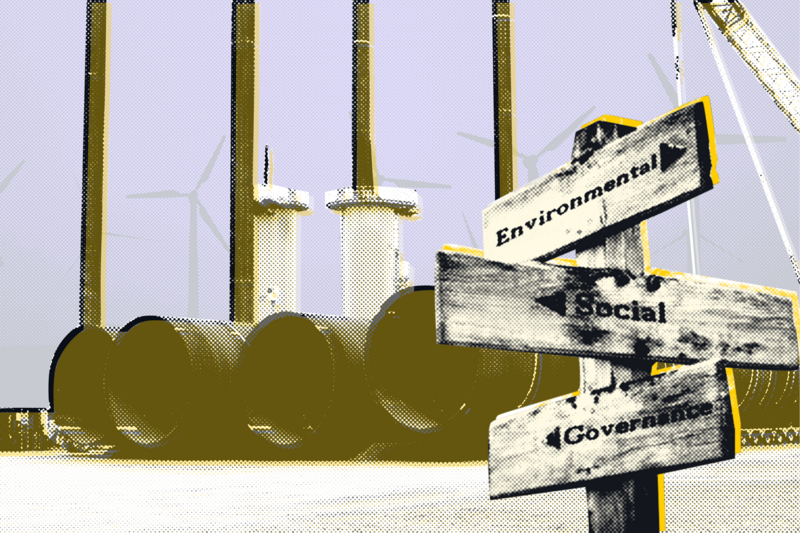According to the International Energy Agency (IEA), the operations of buildings account for 30% of global final energy consumption and 26% of global energy-related emissions. Of that 26%, 8% come from direct emissions in buildings and 18% are the result of indirect emissions from the production of electricity and heat used in buildings.
New regulations, energy efficiency and clean building policies, and building energy codes that property owners are complying with and adopting, are helping this situation. But so too is new climate technology.
AI can analyze historical patterns and daily habits to conserve energy use and technology that manages heating, cooling, and lighting and help buildings cut their energy use by 20%.
Those climate tech initiatives include tools that help with carbon capture, innovative battery and energy storage options, geothermal heating, heat pumps, smart meters with cloud integration, and many others – solutions that can offer energy and cost savings, reap tax benefits, and, if used by enough buildings, make a true impact.
And artificial intelligence (AI) can play a key role here: AI can analyze historical patterns and daily habits to conserve energy use and technology that manages heating, cooling, and lighting – which the IEA said can help buildings cut their energy use by 20%.
The downside: Only 10-15% of buildings have the necessary equipment or systems to collect the data needed to support AI, the IEA said.
ESRS and GRI reporting standards link up
The European Financial Reporting Advisory Group (EFRAG) and the Global Reporting Initiative (GRI) have made a joint statement confirming interoperability between the European Sustainability Reporting Standards (ESRS) and the GRI Standards.
“The efforts made by the GRI and EFRAG sustainability reporting teams will prevent the need for double reporting by companies resulting in a user-friendly reporting system without undue complexity,” Hans Buysse, EFRAG administrative board president, said about the integration.
A more specific goal here is assisting businesses better comply with EU law. As of January 5 this year, certain businesses in the EU must disclose information on the risks and opportunities arising from social and environmental issues and the impact of their activities on people and the environment.
Banks credit risk and global climate goals
Banks would benefit from lower costs and reduced financial risks by the end of the decade if actions to reduce emissions were substantially accelerated, according to new climate stress test results released by the European Central Bank (ECB).
Although the “accelerated transition” would cost more initially, the ECB found that businesses, banks, and households would benefit from lower costs and financial risks by the end of the decade.
The ECB’s findings were published with the results of its second economy-wide climate stress test, following the first stress test in 2021, aimed at assessing the impact of various climate transition pathways on companies and financial institutions in the euro area.
The ECB considered three climate transition scenarios: an “accelerated transition,” a “late-push transition,” and a “delayed transition”. Although the “accelerated transition” would cost more initially, the ECB found that businesses, banks, and households would benefit from lower costs and financial risks by the end of the decade.

















